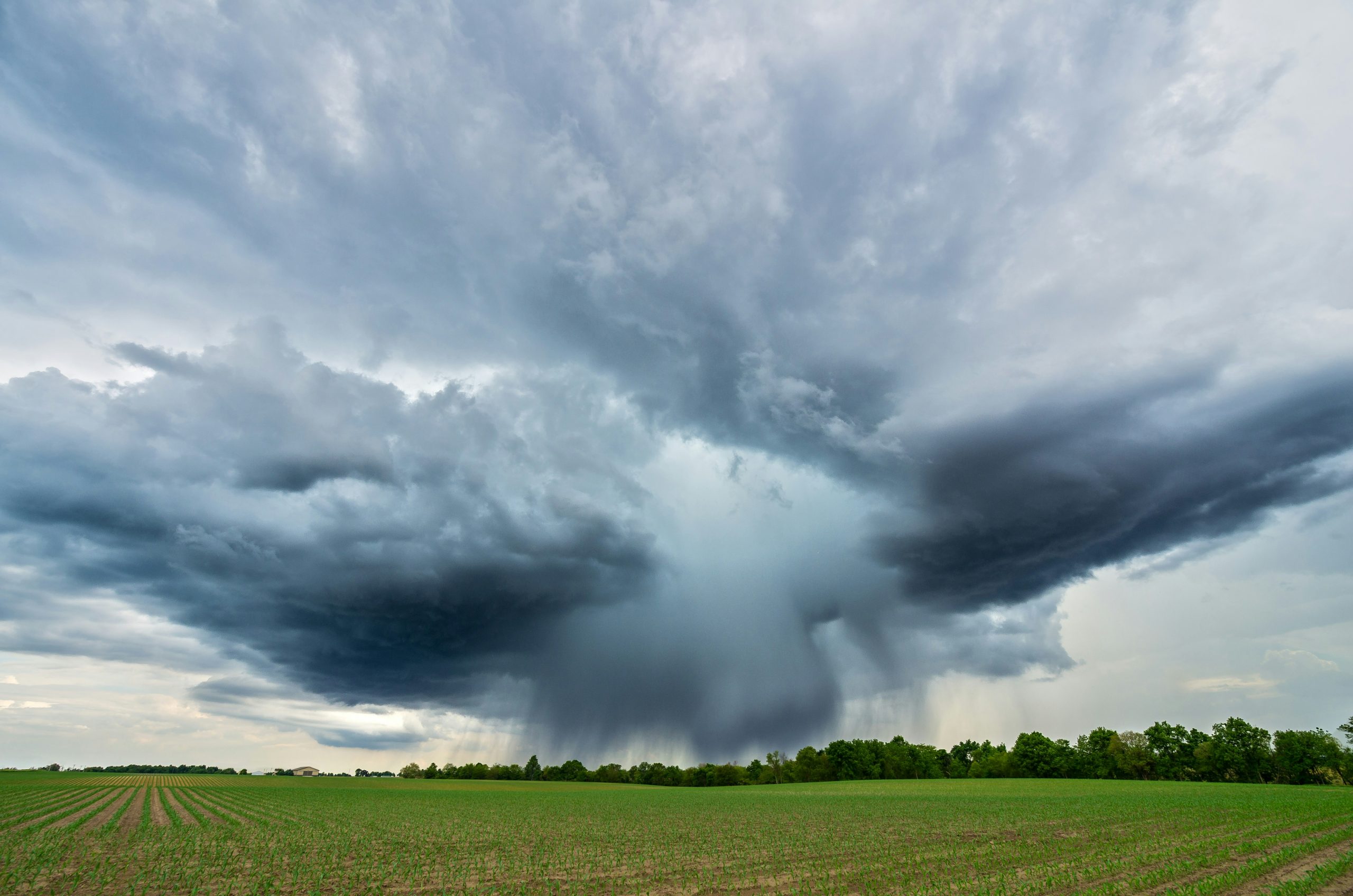
Probable weather and climate information – Christian Jakob explains what’s going on
Most of our weather and climate forecasts come in chances and likelihoods of events. What do they mean? How can I interpret them? And most importantly, how can I use them to make a decision.
In this article in The Conversation, our Director, Christian Jakob, takes a look at the essence of probabilistic forecasting. He explains why weather forecasting is inherently not about certainty but probability. Prof Jakob reminds readers that “Our atmosphere and oceans do not behave in simple, easily predictable ways. They are non-linear, chaotic systems. That means we can only predict large weather features such as highs and lows or bands of storms with relative certainty and even then only for a few days in advance.”
He concludes “We want to know what’s coming our way, but the weather doesn’t work like that. We owe it to society to provide and use the best information we have to protect and save property and lives. There is too much at stake to keep it simple.”
The ARC Centre of Excellence for the Weather of the 21st Century is conducting ambitious and ground-breaking research so that we can better understand how our weather will change as the climate warms. This in turn will ensure future weather forecasters have the best information to protect lives and property from high-impact weather events and ensure governments and industry can make well-informed decisions to benefit from weather resources.
(Photo by NOAA on Unsplash)
